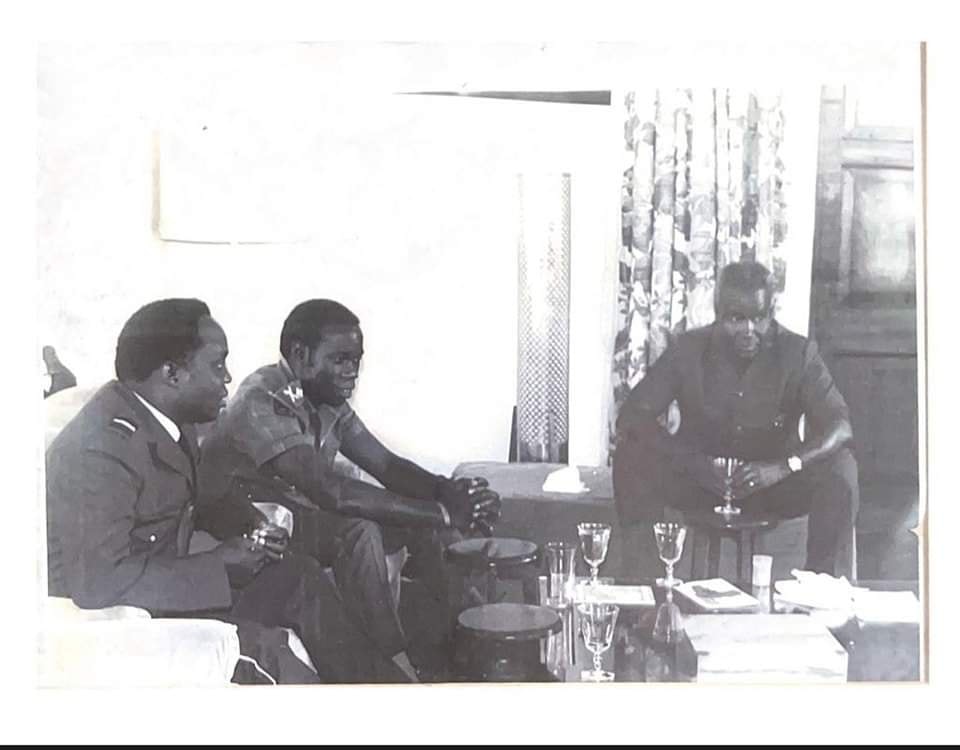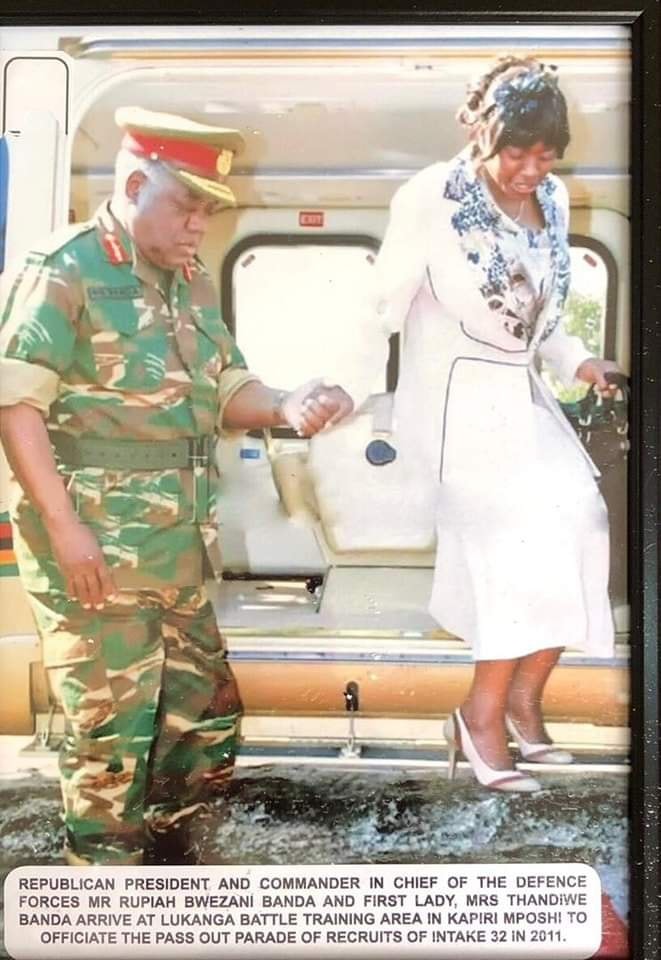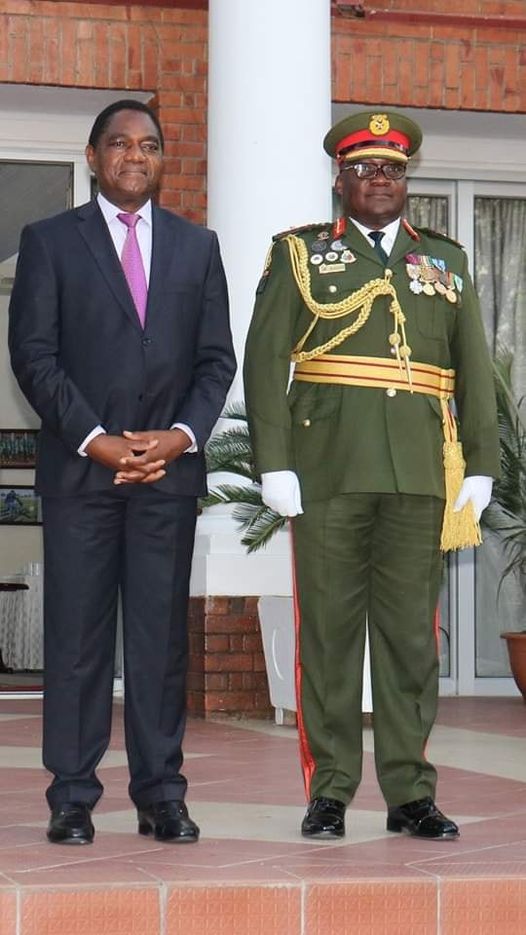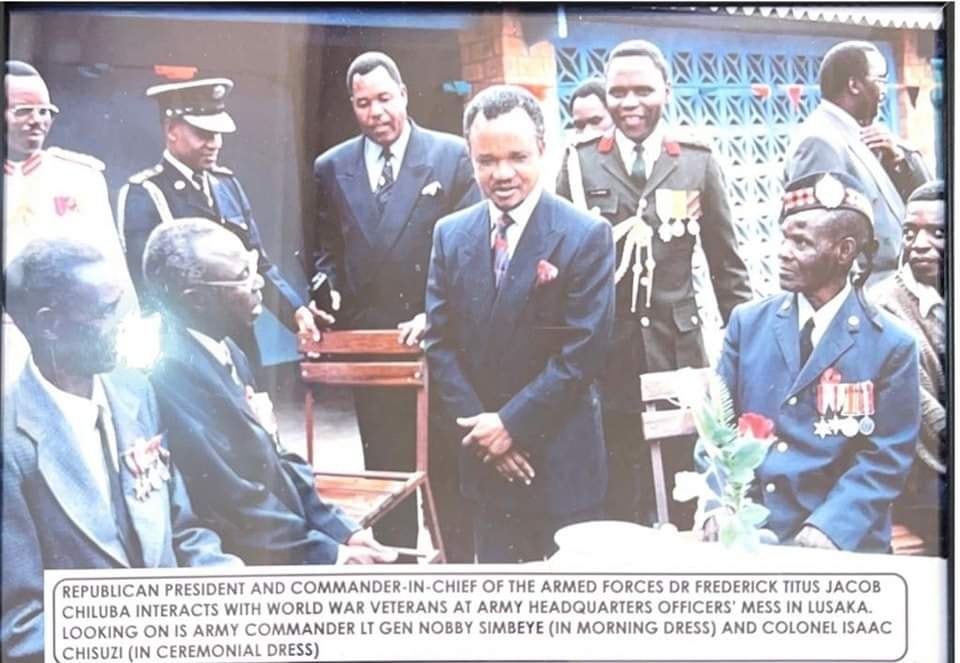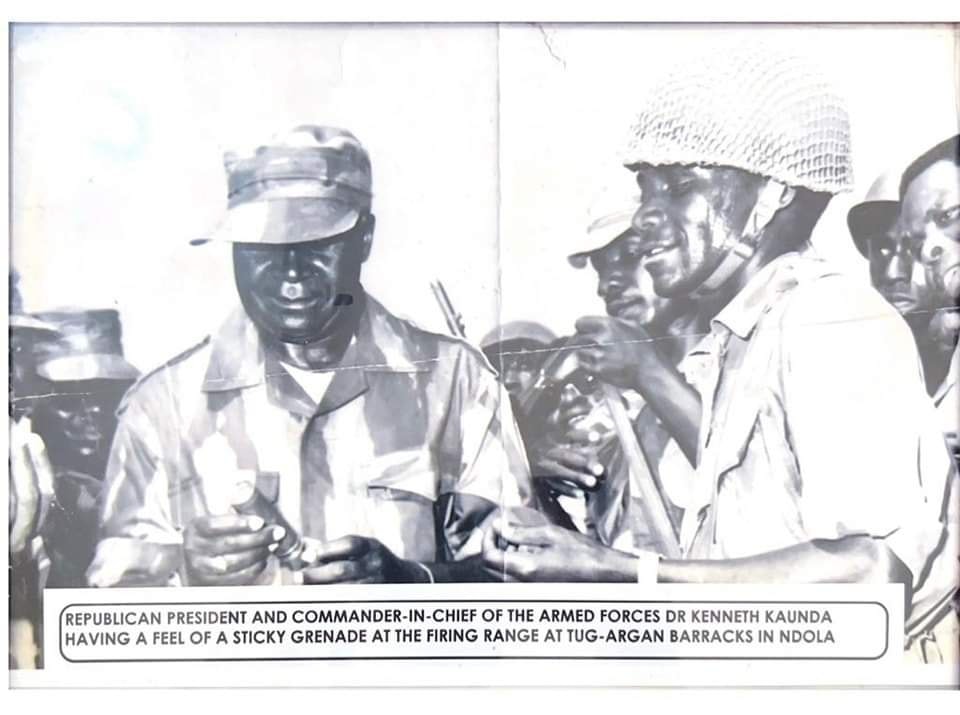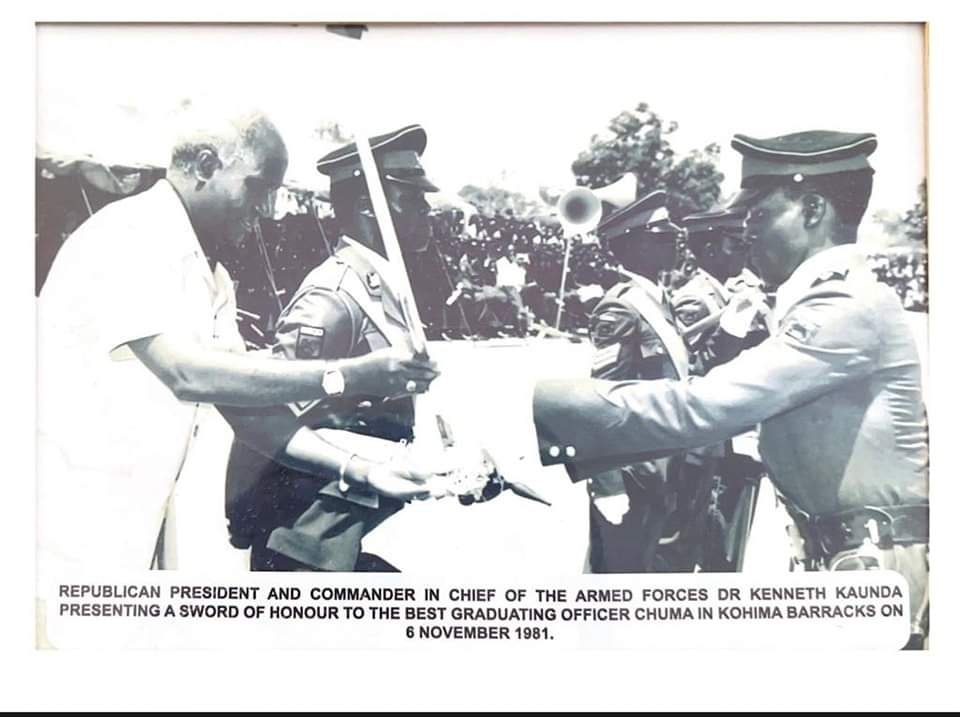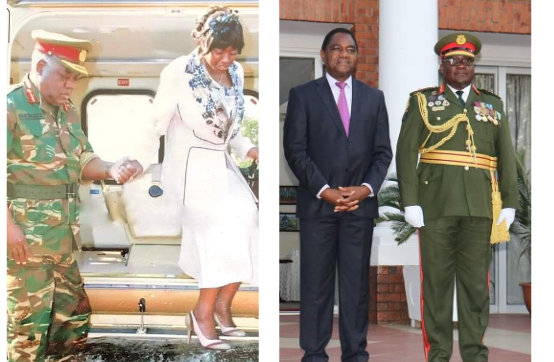THE PRESIDENT AS COMMANDER-IN-CHIEF OF THE ARMED FORCES (DEFENCE FORCES)
By Colonel Hamwiinde Munamunungu (Rtd)
A commander-in-chief is a person who has supreme command and control over a country’s armed or defence forces and is typically the President, King, or Queen or a Governor of that country.
The Constitution of Zambia bestows on the President the extra office of Commander-in-Chief of the Defence Force of Zambia.
The Defence Act bestows on the office of the President the power to be Commander-in-Chief of the Armed Forces of Zambia.
The ZNS Act bestows the office of Commander-in-Chief on the President.
Now here lies the Zambia Army, Zambia Air Force, and all auxiliary units of the Army, ZAF, forming the Defence Forces. Please also remember that the Home Guard Act provides for the office of Commander-in-Chief of the Home Guard.
Under the Constitution of Zambia, the Defence Force includes the Army, the Zambia Air Force, the Zambia National Service, and all auxiliary units.
Now here is the meaning and application of the office of the Commander in Chief of the Defence Force of Zambia.
The military runs under complete military command, administration, and operational control. This means that the Army Commander is the Chief Executive Officer.
To control the force, it is decided (by many Commonwealth nations) that the force be placed under civilian control through the office of the Commander-in-Chief (normally a civilian as Head of State).
The office of Commander in Chief is bestowed on the President, King or Queen in the UK, or Governor-General where Commonwealth countries are not republics under the Commonwealth of Nations.
The Commander-in-Chief becomes a titular or ceremonial head of the forces and appoints several officers of the three services in the case of Zambia.
The Commander-in-Chief has very constant interaction with various commanders of the three services on matters of security, organisation, operations, and deployment.
The contact with the Minister of Defence is purely administrative since these commanders have a direct route of communication with their Commander-in-Chief.
Under a centralised military command structure, as in the case of many neighbouring countries, it is easy for the President as Commander-in-Chief to meet only one officer, the Chief of Defence Staff (CDS) or the Chief of the General Staff, who heads all services.
The Commander-in-Chief has a crucial role for a country’s armed forces.
Some functions of the Commander-in-Chief include:
- Supreme Command: The Commander-in-Chief has ultimate authority over the military, making key decisions about strategy, deployment,
and overall defence policy. - Civilian Control: This role ensures that the military operates under civilian control, preventing any potential military interference in political matters.
- National Security: The Commander-in-Chief plays a central role in national security decisions, including responding to threats, crisis management, and safeguarding the country.
- Strategic Planning: The Commander-in-Chief is responsible for developing long-term military strategies that align with the nation’s goals and interests.
- Personnel Decisions: This role involves appointing top military officials, setting military budgets, and ensuring the readiness of the armed forces.
- Emergency Response: The Commander-in-Chief can mobilise the military for disaster relief, humanitarian assistance, or responding to other emergencies.
- Diplomacy: The Commander-in-Chief may use the military as a tool in diplomatic negotiations, demonstrating strength or supporting allies.
These functions may vary based on the specific powers granted to the Commander-in-Chief in different countries’ constitutions or legal frameworks.
Wearing of military uniforms
There is no official uniform for the President as Commander-in-Chief.
He is a civilian most of the time and can wear a service uniform he chooses, depending on the occasion. He could probably wear a military-style uniform if he wanted, but he is still a civilian without a military rank but in control of the military.
However, when the commander-in-chief is required to wear a uniform, he is entitled to wear any uniform he desires of any of the Defence Forces.
For any military parade, the commander-in-chief wears the senior most defence service uniform, in this case, the Zambia Army uniform.
Which Army uniform should the commander-in-chief wear, and where should he wear it?
During state funerals and major state ceremonies, the President, as Commander-in-Chief, may wear a mourning dress (white jacket).
The Commander-in-Chief, on the other hand, wears the combat uniform (camouflage uniform) during military parades and inspections.
When a military officer becomes Commander-in-chief
When a commissioned military officer becomes President and commander-in-chief, they keep their military ranks but do not wear them on any uniform.
In most cases, members of the public can choose to address them by the military rank or not.
Former Ghanaian President Flight Lieutenant Jerry Rawlings, Former Nigerian President General Sani Abacha, and Former Libyan President Colonel Muammar al-Gaddafi are just a few examples of presidents and commanders-in-chief whose military titles you may not have heard of.
The author is a Retired Colonel in the Zambia Army
